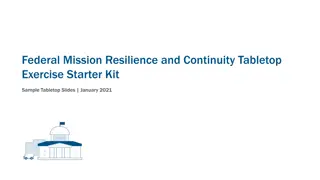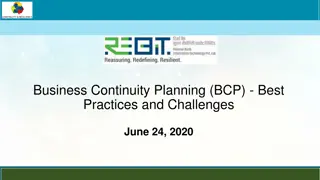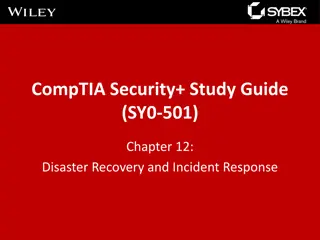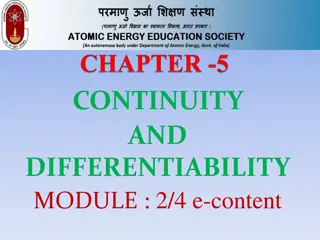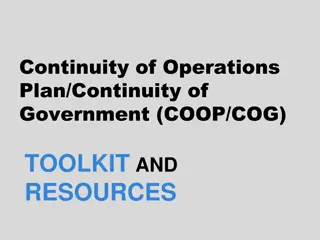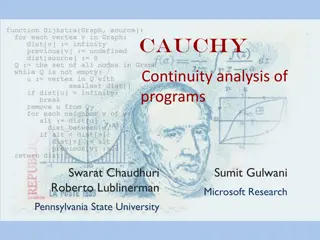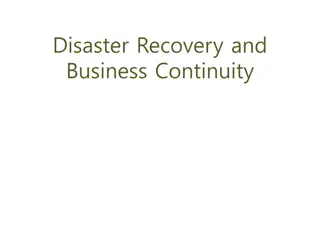Understanding Historical Continuity and Change Over Time
Explore the concepts of historical continuity and change over time to understand how different processes in history evolve. Historians study how topics have evolved from one period to another, recognizing both change and continuity. Discover examples and insights into these concepts through real-world scenarios and observations.
Download Presentation

Please find below an Image/Link to download the presentation.
The content on the website is provided AS IS for your information and personal use only. It may not be sold, licensed, or shared on other websites without obtaining consent from the author. Download presentation by click this link. If you encounter any issues during the download, it is possible that the publisher has removed the file from their server.
E N D
Presentation Transcript
CHANGE OVER TIME/ HISTORICAL CONTINUITY Overview
Know, Want to Know Let s start off by listing what you know about historical continuity and change/change over time. Ask yourself: where have you heard this term before? Also ask yourself: what do you want to know about it? Let s share our thoughts!
Definition Change over Time Means Studying how a certain topic or theme in history has changed from one period to another period. Historians, people who study history, usually study change over time in long periods to understand how different processes on a global scale evolve. They often compare two different time periods to understand this. They ask questions like: What factors and events caused a change to a certain people, place, or things over a period of time, and what can we conclude about this? What might we predict about this based on the past?
Examples of Change Climate Change Migration/Immigration New Ideas/Inventions War Technology Globalization
What is Historical Continuity? Definition While change over time records a change in history, historical continuity focuses on what stays the same. This is important to pay attention to because recognizing what stays the same allows historians to find commonalities among cultures, places, or ideas and determine why some things have not changed over time. They ask questions like: What factors remained the same over time, and what can we conclude about this? What might we predict about this based on the past? What are the common links among people, places, and events across the globe over time?
Examples of Historical Continuity Traditions and cultural values passed on to new generations Political and societal systems Economic trade systems
Change is All Around Us! Scenario You grew up in a small rural town and moved away when your parents got a new job in a city on the other side of the state. Your grandparents still live in your hometown and you go back to visit them a couple times a year. Their home and their neighborhood has stayed the same since you left. On your most recent visit, you notice a brand new building has been built on the empty lot on the corner. Downtown, your favorite tree was cut down and a new public library was built in its place. What is different about these two photos? Are they of the same place?
Lets Discuss Scenario What parts of the scenario represent historical continuity and change over time? Why? What do you think is good or bad about the changes and continuities in this scenario? Why do you think way? You have a childhood friend who has still lived in town since you moved away. What would you ask them about the changes they ve seen?








